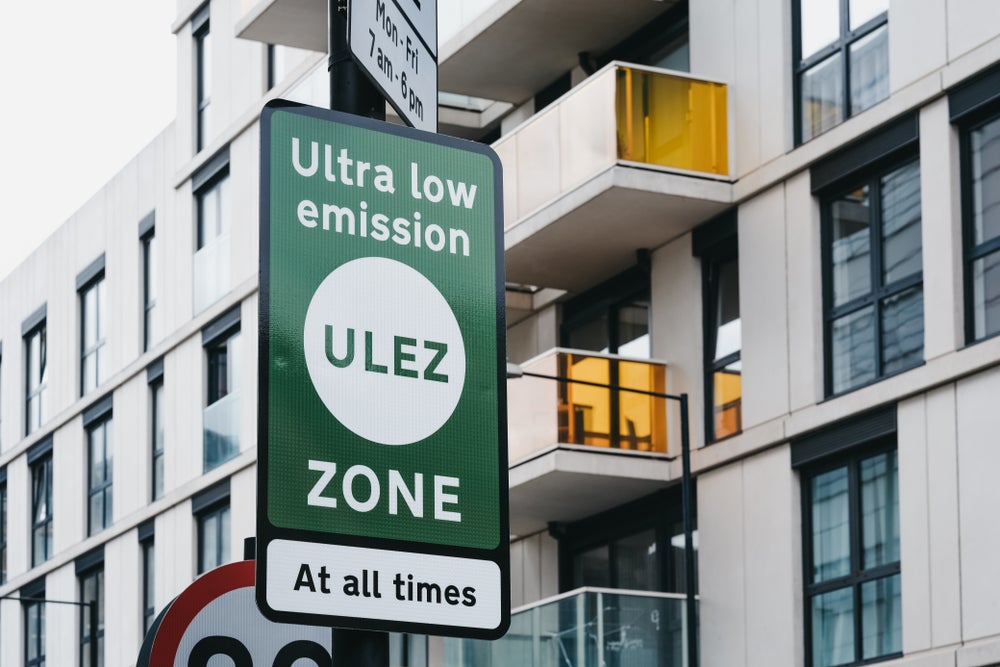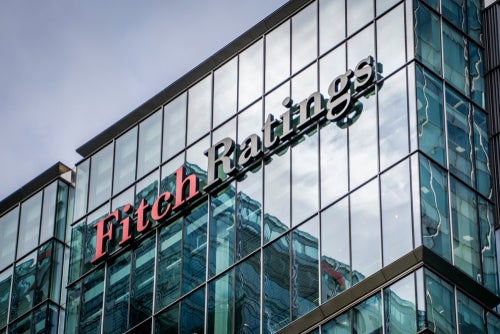Cash is increasingly popular for
purchases, lending criteria becoming more difficult to
determine.
NEW PURCHASES
Sour investments spur cash sales
While some people are counting their
pennies, others are putting down thousands of dollars in cash for
new and used vehicles.
Sharon Shults, finance director at Paramount
Automotive Group, explained the situation this way: “They are not
putting their money into their investments, because [the
investments] have gone backward on them.”
So rather than hide away funds in money-losing
investments, consumers are opting instead to buy new vehicles
finance-free.
Normally, the rule of thumb is that 1 in 10 car
buyers would pay cash, said R Ernie Lee, general manager of Rimrock
Subaru Kia. That ratio is changing, though, because “people aren’t
seeing returns,” he said.
How well do you really know your competitors?
Access the most comprehensive Company Profiles on the market, powered by GlobalData. Save hours of research. Gain competitive edge.

Thank you!
Your download email will arrive shortly
Not ready to buy yet? Download a free sample
We are confident about the unique quality of our Company Profiles. However, we want you to make the most beneficial decision for your business, so we offer a free sample that you can download by submitting the below form
By GlobalDataAt Paramount, 2 or 3 of every 10 car buyers pay
cash, Shults said. The number is even higher at the dealership
group’s Hyundai store: Finance penetration is 60 percent, which
means that 40 percent pay cash. At its Saturn store, 20 percent are
paying cash these days, up from 10 percent to 15 percent.
Meanwhile, of the 17 cars sold this month at
College Hills Honda, 10 or 11 were cash purchases, said F&I
Manager Kara Elias. Last year, maybe two or three deals per month
would be paid for outright.
Cash purchases for used cars have also been gaining
traction lately, as consumers, often with tarnished credit
histories, face challenges securing financing. At Sunrise
Automotive, 2 or 3 of every 10 purchases are paid for in full, up
from one, previously, said business manager Rick Clemons.
“What we’re seeing is that the people who are
buying can’t get financing,” Clemons said. “We are seeing a big
trend with banks not lending money. Where we used to have five or
six banks willing to buy, now we’re lucky to get one bank to
buy.”
As such, rather than wholesaling trade-ins, the
dealership stocks more cars on the lot than it used to, he said.
The average price for Sunrise cars paid for in cash: $3,000
(£1,810) to $4,000.
BANKRUPCIES
Lenders wary of bankruptcy surge
While Chrysler LLC’s bankruptcy has
rocked the auto sector, an uptick in consumer bankruptcy filings
has lenders on high alert.
“Bankruptcies are flying off the handle,” said
Nathan Benson, chief executive of Tidewater Motor Credit. “We are
trying to keep our customers [from defaulting] — as long as they
have their job and are willing to pay.”
Though origination volume has dropped to about $5
million (£3 million) per month from $10 million in 2007,
bankruptcies have doubled lately, Benson said.
In fact, US consumer bankruptcy filings increased
36 percent in April from the same period a year ago, according to
the American Bankruptcy Institute (ABI), which tallies data from
the National Bankruptcy Research Center. In all, 125,618 consumers
filed for bankruptcy protection, up from 121,413 in March and
92,291 in April 2008. For the year, consumer filings are on pace to
hit 1.4 million, ABI predicts.
Kenneth Gang, head of risk management at Hyundai
Motor Finance Co, has also noticed an uptick in bankruptcy filings
recently.
“It has jumped up quite a bit,” he said. “It’s a
trend we’ve been watching the past few quarters.”
In an effort to mitigate risk, Hyundai reviews
metrics that aim to predict who is likely to file for bankruptcy.
The company analyses the data when loans are originated and when
they enter collections, Gang said.
Tidewater, meanwhile, has designed a programme to
get delinquent borrowers back on the payment track.
“A customer who is 60 or 90 days behind can never
catch up,” Benson said.
Consumers rarely have two or three payments’ worth
of cash on hand to plunk down in a single month. So Tidewater
offers to report customers as current again once they make four
consecutive payments and continue to pay on time.
STATISTICS
Lenders comb through data for default indicators
With the economy in such a funk, the
methods usually used to predict consumer behaviour are becoming
less reliable.
“In the last 8 to 12 months, things have gone
haywire,” said Tom Young, vice-president of operations at C&F
Finance Co.
Many historical indicators of payment probability
are no longer effective, so lenders are analysing their data troves
for statistics that will point to potential losses within their
customer files. Particularly for smaller lenders – those without
custom scorecards – efforts to identify predictive data are
critical.
For C&F, a good loss indicator is the number of
inquiries on a credit bureau at the time a potential car buyer is
looking for a loan.
With prime loans, a high inquiry rate usually
points to a fussy customer who is shopping around for a better
deal. But with non-prime borrowers, like those to whom C&F
caters, repeated inquiries usually indicate that lenders are shying
away from the customer.
“They definitely go bad at a lot higher rate,”
Young said.
C&F has also determined that repossessions that
are not followed by bankruptcy or re-established credit correlate
well to default rates.
“We walk away from those now,” Young said.
Another good indicator: seeking finance for a
second car for one person or for a third car for a couple.
C&F’s typical customer needs a car to get to work; a second or
third car is a luxury.
In all, C&F monitors about 20 statistics for a
third of its portfolio every month. The company, which does
business in seven states, typically finances used cars with an
average price tag of $15,000 for 72 months.
For lenders Autobank and Southern Auto Finance Co,
meanwhile, foreclosures are no longer as taboo as they were.
“We will absolutely look at foreclosures,” said Dov
Szapiro, Autobank’s chief executive. “Two or three years ago it was
an absolute no-no.”
In many cases, customers whose homes were
foreclosed upon “went into a home they couldn’t afford,” said Brian
Switalski, president of SAFCo.
They could be people who have paid six prior car
loans and been in their jobs for years, he added. As long as they
can afford the car – and income is the best indicator of that – the
loan is fair game for SAFCo.
For loans to borrowers with foreclosures in their
credit histories, though, SAFCo usually requires a more stable
credit history. The company’s average credit score is 550, but for
people in foreclosure, it is around 620.







